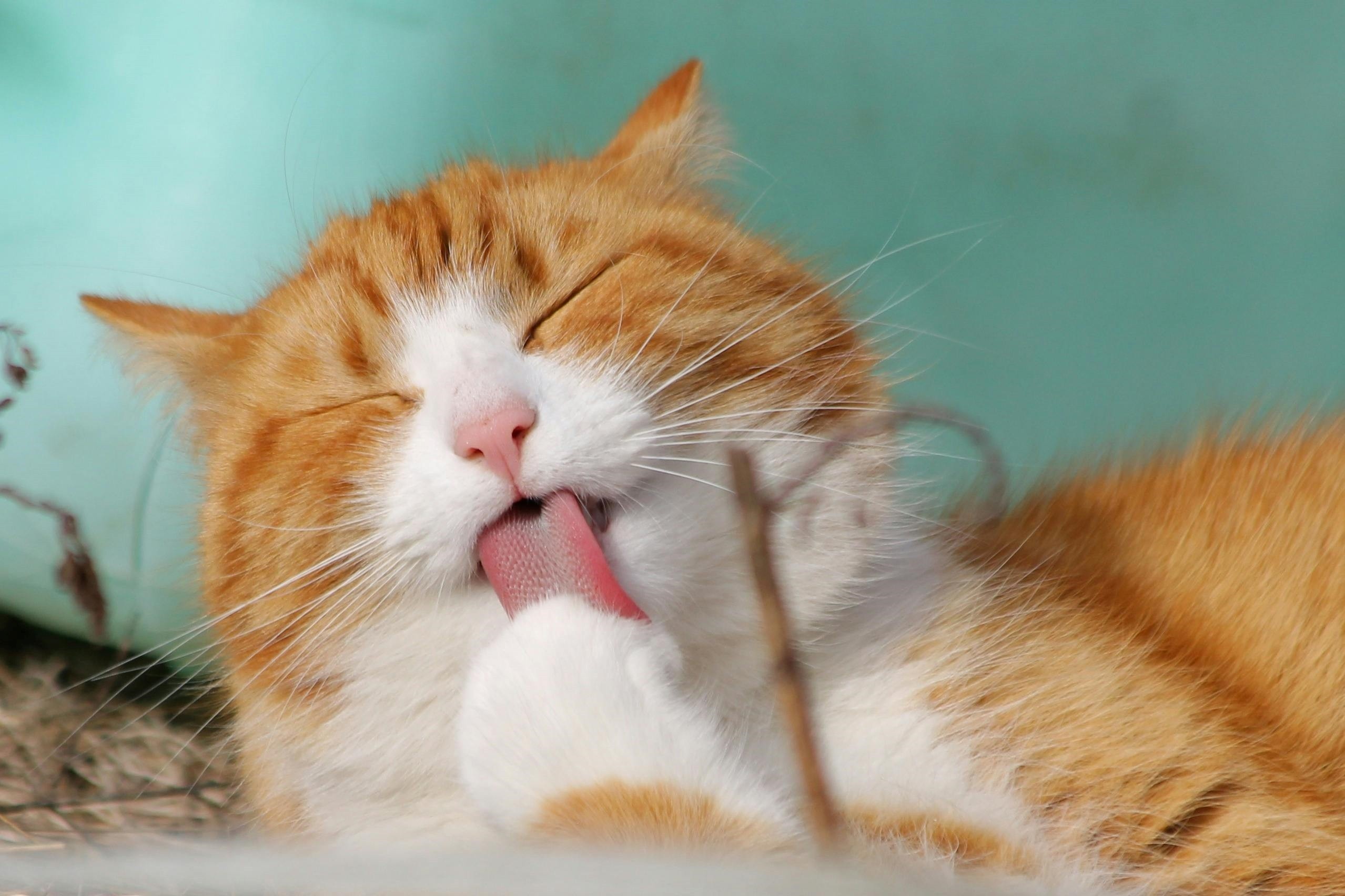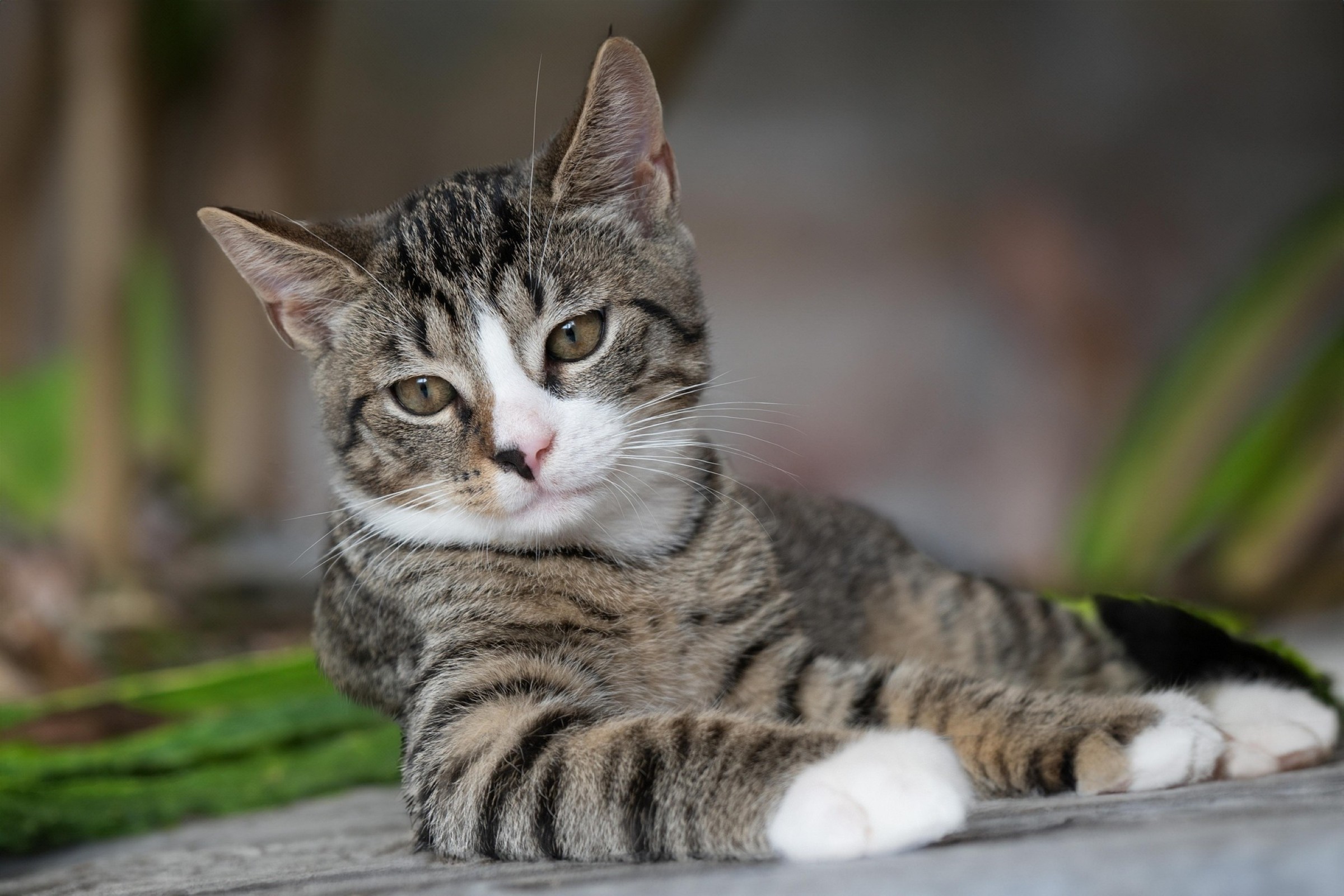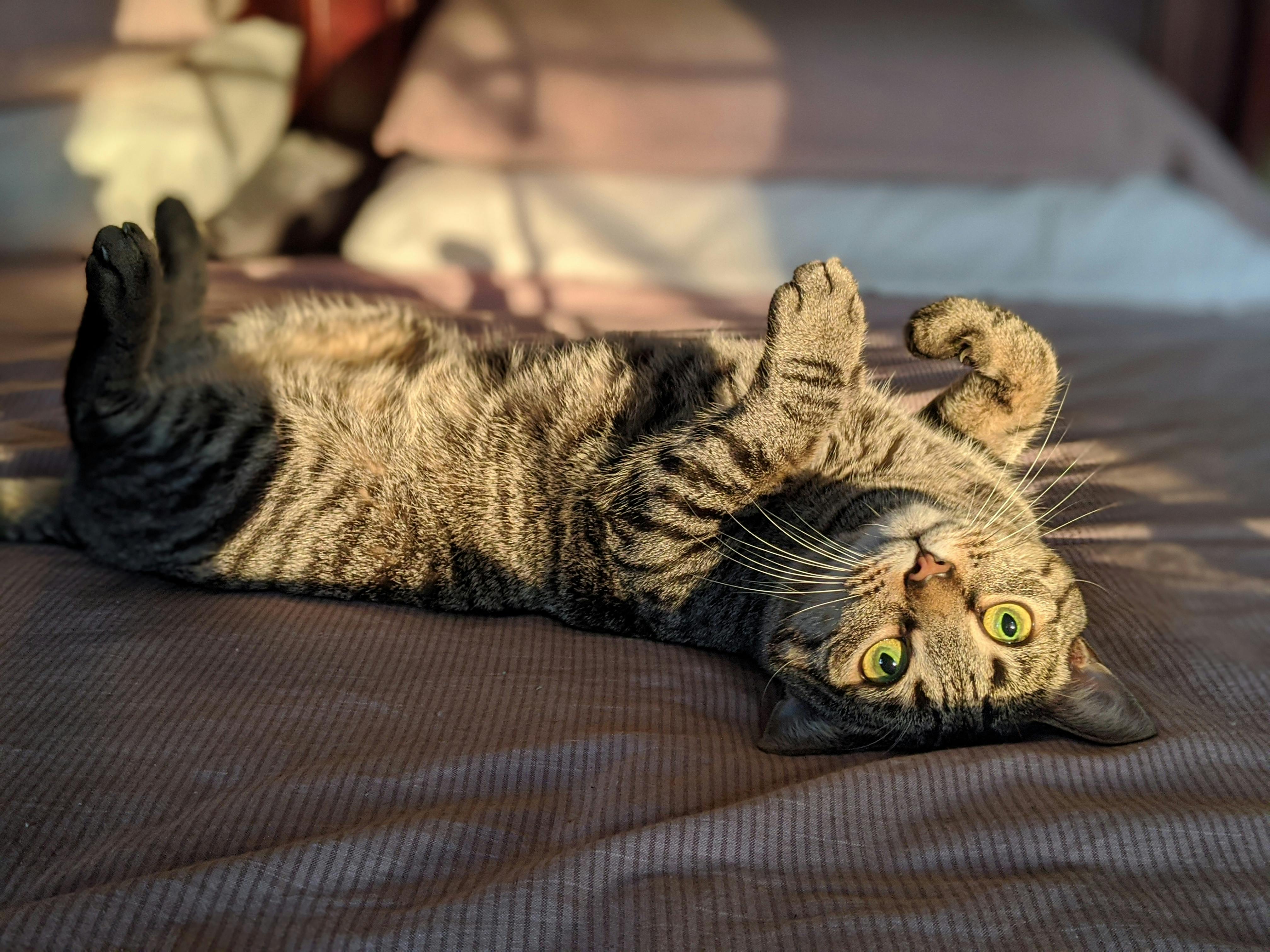Cats are always curious about everything around them. They also find unique and creative ways of entertaining themselves, like climbing onto shelves or leaping and trying to fit themselves into cardboard boxes. Sometimes, they do these actions because of their natural instincts.
But one of their favorite treats is catnip. It comes in dry and fresh variants, and some toys even have this herb in them. It’s a mysterious herb that can make cats do funny and fascinating things.
Before you go buying the first product you see online, you need to know what catnip is exactly. Why does it affect most cats while others don’t? Is it safe for cats? How should you use it?
Let’s answer all these questions.
What Is Catnip?

Nepeta cataria is the scientific name of catnip. It’s a flowering plant that’s a member of the mint family. Catmint, catnep, and catwort are just some of its other names.
This herb from the mint family has square stems, soft green leaves, and clusters of pale purple or white flowers. It can grow in well-drained soil in full sun. It’s local in the regions of Africa, Europe, and Asia, but it’s also grown in some parts of North America.
The important chemical compound in catnip is called nepetalactone, which triggers different reactions in cats. It’s found in the stems, leaves, and seeds of this plant. However, take note that not all cats react to this herb.
According to a study published in BMC Veterinary Research, around two out of three cats react to catnip. There’s a chance that your cat won’t be affected or show any interest in this herb.
It’s also important to remember that kittens that are three months old and younger don’t usually show any reactions to catnip. Senior cats can also lose their interest over time because of old age.
The Effect of Catnip on Cats

So, what happens when you give your cat some catnip? It all starts with their nose.
When your cat sniffs the herb, nepetalactone affects their nasal tissue receptors. They send signals to the cat’s brain that control their behavior and emotions, which are the hypothalamus and amygdala. This process makes cats roll and flip around, rub their heads, vocalize a lot, and play hyperactively.
Now, when it is eaten, it can have a calming effect. This could be the reason why your cat can be acting hyper one minute, then suddenly stop, stare blankly, and just appear to be extremely relaxed.
How long do the effects of catnip last?
Your cat’s reactions to catnip can last about 10 to 15 minutes. After that, they’ll become immune to the herb temporarily, so giving more of this herb would most likely not do anything at all. It may take a few hours before it takes effect again.
Does catnip do anything to dogs?
“Catnip can also affects dogs. In cats, it stimulates their senses. In dogs, it can have a sedative effect. It’s safe for most dogs when given in moderations. But you need to keep two things in mind: not all dogs will react to this herb and I advise that you consult your veterinarian first before giving this herb to your dog because allergic reactions can possibly happen.”
– Dr. Soheyl Simaei
How to Use Catnip Effectively
There are many ways to give catnip to your cat. It may depend on your pet’s preference and how you plan to use it. Here are some ideas on how to use it effectively in your cat’s routine.
Dry Catnip — Dry catnip is one of the most popular forms of this herb. You can sprinkle it on their bedding, toys, or scratching posts. It’s highly potent and affordable compared to other types. Also, you can buy it in almost any pet supply store. Store it in the freezer or in an airtight jar to keep it aromatic and fresh.
Fresh Catnip — If you prefer to grow these plants at home or have a source for fresh catnip, your cat can enjoy chewing on the leaves. It not only provides additional entertainment for them, but its potency is at its highest. However, observe your cat for any signs of stomach upset, as it can have negative effects on felines with sensitivities.
Catnip Spray — If cleaning up pieces of dried herb and catnip leaves is something that you won’t be able to do, opt for the spray variants. These are convenient and clean, as you’ll only need to spritz them on toys, furniture, and other items.
Catnip Toys — There are many catnip toys available in pet supply stores. There are crinkly balls, small plushies, and more. These can be the perfect choice to encourage lazy cats to play actively and get the exercise they need.
Health Benefits of Catnip

While it’s true that many pet parents enjoy and get excited to see how their cats may react to catnip, many might not know that it also has health benefits. Here are some ways catnip supports a cat’s mental and physical health.
Exercise – Catnip can encourage play and exercise for overweight and sedentary cats.
Stress Relief – It has a calming effect on cats, making it useful when they are stressed or anxious.
Behavioral Training – Sprinkling or spraying on scratching posts can train cats to avoid damaging furniture or other items in your home.
Mental Stimulation – This herb keeps your pet’s environment interesting. Because of their love of exploring textures and scents, this can help them be mentally stimulated.
How Much Catnip Should You Give?
The correct amounts of catnip will vary depending on the cat and the form of catnip you choose to give. You can give small amounts at first—a pinch of dried herb, a small piece of fresh leaf, or a spritz of the spray.
Observe your cat’s behavior and adjust the amount when you give catnip again. You should also notice if your cat wants more or less.
Can my cat develop a tolerance to catnip?
It’s possible for cats to develop a tolerance to catnip. This is why giving them daily or multiple times a day isn’t advisable. You can do it as a weekly or bi-weekly session to keep them interested in the herb. If not, they’ll quickly get tired of it, and it won’t have any effect.
Conclusion
Whether fresh leaves, a stuffed toy, or sprayed on a scratching post, catnip can add color and fun to your cat’s life. It can calm them when they are stressed or boost their energy when they’re feeling a little down.
Just remember to use catnip wisely. Always monitor your cat’s reaction to the herb, and use it in moderation. By properly giving the right amounts of this herb, you can keep the experience exciting and fresh for your cat.
Share







